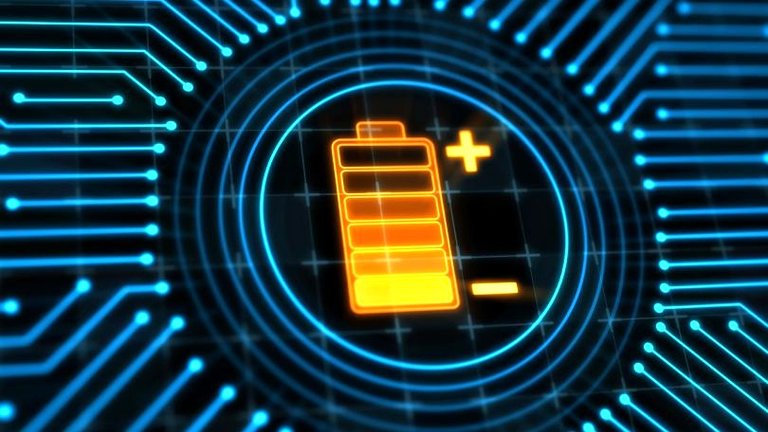Each transistor in the electronic circuit could have its own battery. Massachusetts Institute of Technology (MIT) laboratories have made significant advances in the development of hydrogen batteries using water splitting technology. Water splitting is usually used to produce hydrogen for industry.

The same principle was used by MIT scientists in batteries for the first time. In addition to having new technical parameters and relatively easy to produce at room temperature, new batteries can be manufactured in nanometric dimensions. This miniaturization allows for easy integration with active components in electronic circuits or with separate miniature sensors. It is charged with hydrogen from the surroundings. The hydrogen battery charges on contact with water molecules in the ambient air. When such a molecule touches the reactive metal portion of the battery, it is divided into an oxygen molecule and two hydrogen molecules. The hydrogen is then stored in the battery to actually charge it. Again, the electrical charge is released in the reverse reaction. Hydrogen molecules travel back through the reactive portion of the battery and combine with oxygen in the ambient air. The new batteries operate at two orders of magnitude higher energy density than most current batteries. Thus, they achieve significantly higher performance per volume.
My publish0x blog: https://www.publish0x.com/free-life
https://www.publish0x.com?a=4openBpe7A
